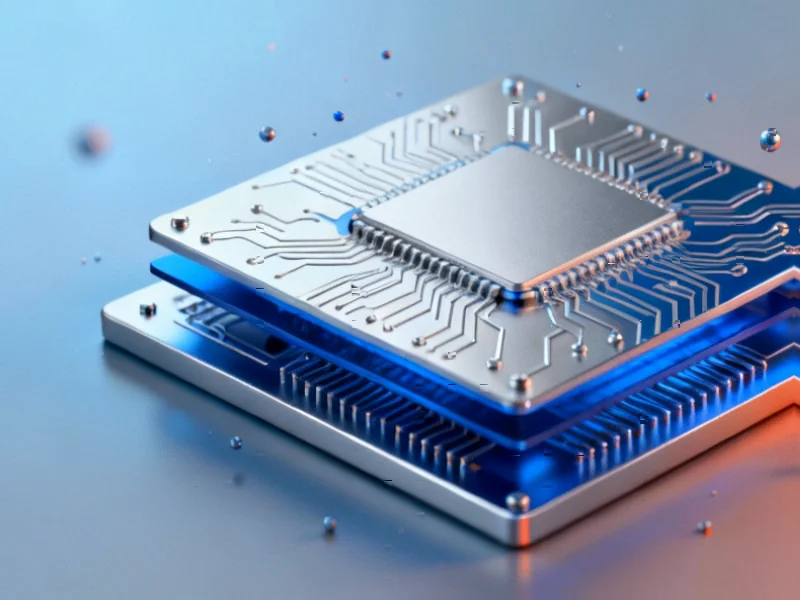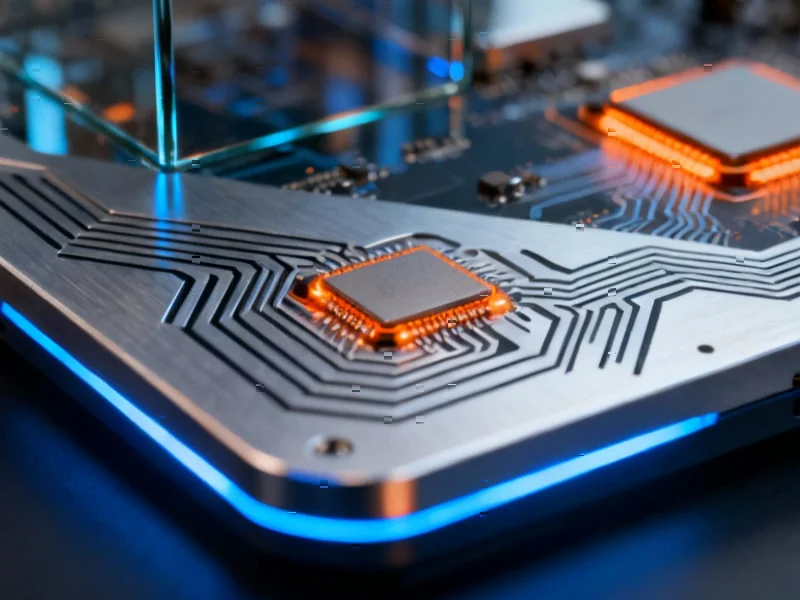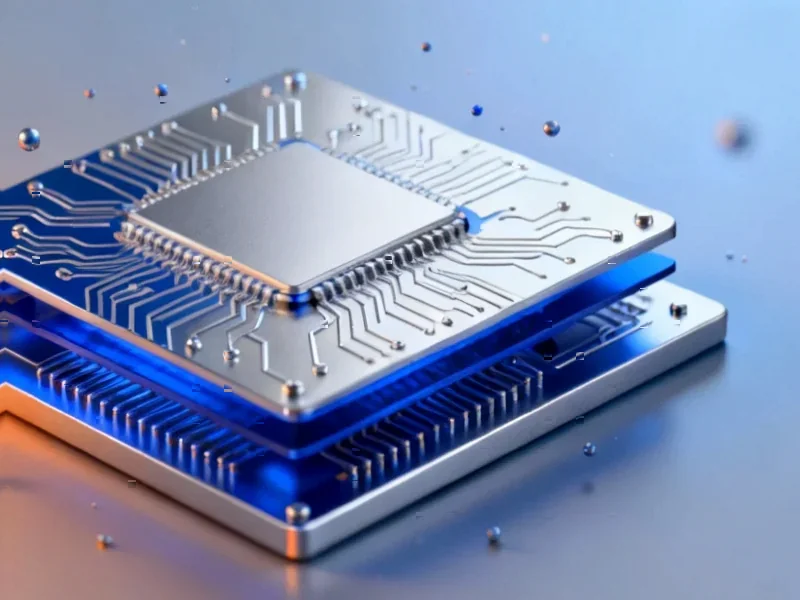Potential Galaxy S26 Launch Delay
Samsung’s flagship Galaxy S26 series may break from tradition with a delayed global release, according to multiple industry sources. While the Galaxy S25 series debuted worldwide in January 2025 as expected, the upcoming Galaxy S26 lineup could shift to a later launch window, potentially disrupting Samsung’s established product cycle.
Table of Contents
Timeline Adjustments and Industry Reports
Renowned tipster Ice Universe, via Weibo posts, indicates that Samsung has postponed the Galaxy S26 release without specifying a new timeline. According to the reports, this delay could push the launch to February 2026 or potentially as late as March. Additional analysis from Tech Maniacs suggests the base model’s development timeline has encountered setbacks, supporting the possibility of a Q1 2026 launch rather than the traditional January debut.
Strategic Implications of Schedule Changes
Analysts suggest the potential delay signals significant internal strategy shifts at Samsung. The company has historically positioned its ‘S’ series flagships for January reveals, providing a market advantage over competitors like Apple and Google, which typically launch their flagship devices later in the year. A shift to February or March could represent increased development challenges, supply chain complications, or fundamental changes in product planning approaches.
Industry observers note that such scheduling changes might carry substantial business implications, including potential increased marketing costs, reduced early-year market momentum, and opportunities for competitors to gain additional market share during the extended pre-launch period.
Chip Development Challenges
Technical hurdles with Samsung’s upcoming Exynos 2600 processor appear to be a contributing factor to the potential delay, according to industry analysis. The chip, reportedly based on advanced 2nm fabrication technology, is expected to power approximately half of all Galaxy S26 units. Development challenges with new semiconductor technology often require additional testing and optimization time, which could explain the reported schedule adjustments.
Consumer Impact and Potential Benefits
For consumers anticipating upgrades, the reported delay could mean extended waiting periods and potential complications with trade-in timing, particularly for devices with warranties expiring in early 2026. However, analysts suggest the additional development time might allow Samsung to enhance software refinement and hardware optimization, potentially resulting in a more polished final product with better-performing Exynos chipsets.
Internal Strategy Reevaluation
Behind the scenes, Samsung’s mobile division appears to be undergoing significant strategic reassessment. Sources indicate the company explored substantial changes to the Galaxy S26 lineup, including replacing the Plus variant with an Edge model and reconsidering naming conventions before reportedly settling on the familiar Galaxy S26, Galaxy S26 Plus, and Galaxy S26 Ultra branding.
The successful development and timely implementation of the Exynos 2600 chip could potentially reshape Samsung’s mobile processor strategy long-term, according to industry observers. If the company can overcome current development challenges, the advanced chip technology might provide competitive advantages in performance and efficiency for future device generations.
Related Articles You May Find Interesting
- The Solar Revolution: How Efficiency Breakthroughs and Storage Solutions Are Acc
- AI-Powered Ultrasound Breakthrough: Revolutionizing Pediatric Head Trauma Diagno
- Japan’s Energy Dilemma: Balancing LNG Security Against Geopolitical Pressure
- Atmospheric Microbes’ Pigments Could Reveal Extraterrestrial Life, Study Finds
- Vimeo Expands Apple Vision Pro 3D Video Support with New Formats and Features
References
- https://m.weibo.cn/detail/5224477353054299
- http://en.wikipedia.org/wiki/Tösstal_railway_line
- http://en.wikipedia.org/wiki/Samsung_Galaxy
- http://en.wikipedia.org/wiki/Samsung
- http://en.wikipedia.org/wiki/S25_(Berlin)
- http://en.wikipedia.org/wiki/Sina_Weibo
This article aggregates information from publicly available sources. All trademarks and copyrights belong to their respective owners.
Note: Featured image is for illustrative purposes only and does not represent any specific product, service, or entity mentioned in this article.



